
What is a Virus?
We have to first understand the simple structure of a typical cell very briefly. Then even as laymen, we will be able to understand how the structure of coronavirus is different from a typical cell. It is a common man’s understanding and knowledge of Coronavirus which is the key to the implementation of preventive measures and solutions to prevent pandemic`.
“Protoplasm is the physical basis of life” is the fundamental concept of cell biology and life science as defined by William Huxley, an English biologist, and anthropologist. The cell content within the cell membrane is called protoplasm. The matrix residing within the cell membrane and outside the centrally located nucleus is called cytoplasm. So, cytoplasm with organelles and nucleus containing the genetic material (DNA) are the constituents of protoplasm.
Virus as a bridge between the living and non-living
A virus is an unusual very primitive parasitic entity that has both living and nonliving characteristics. It is a mysterious invisible, non-living, micro-crystal or dust particle when outside the living host. But it assumes life soon after it enters a living host (ranging from amoeba to man and also plants). Therefore, it is an obligatory parasite. It has neither cytoplasm nor cell organelles. It has only genetic material, either DNA or RNA surrounded by a protein coat. Therefore, the virus is considered as a bridge between the living and the non-living. This is known to all those who studied biology and theories on the origin of life.
Understanding the nature of Coronavirus
Denne historien er fra May 2020-utgaven av The Vedanta Kesari.
Start din 7-dagers gratis prøveperiode på Magzter GOLD for å få tilgang til tusenvis av utvalgte premiumhistorier og 9000+ magasiner og aviser.
Allerede abonnent ? Logg på
Denne historien er fra May 2020-utgaven av The Vedanta Kesari.
Start din 7-dagers gratis prøveperiode på Magzter GOLD for å få tilgang til tusenvis av utvalgte premiumhistorier og 9000+ magasiner og aviser.
Allerede abonnent? Logg på
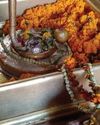
Panchakroshi Parikrama of Varanasi
At the snow-capped Kailas, the Divine Lord Shiva was seated with Mother Parvati.
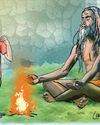
Gadai and the Monks
A fictional narrative based on incidents from the childhood of Sri Ramakrishna.
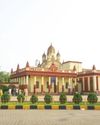
Chintayo momo maanosho Hori...
Sri Ramakrishna loved songs. There probably was no normal day when he did not sing some songs.
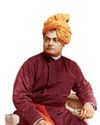
The Vedanta Vaccine
The world is still struggling under the impact of the pandemic due to Covid-19 for the last three years.

Chandrakirti's Chariot: Self in Madhyamaka Buddhism and Advaita Vedanta
The goal in Advaita Vedanta is the cessation of suffering and the attainment of true fulfillment. Suffering, according to this school, is due to ignorance of the true nature of the self and consequent erroneous identification with the body-mind.
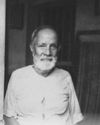
Reminiscences of Sargachhi
Question: यद्यदाचरतत श्रेष्ठसतत्तदरेवरेतरो जनिः। ‘Whatever a superior person does, others do the same thing!’ (Gita 3:21) – What does this statement mean?
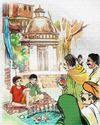
THE AUTUMN FESTIVAL
A fictional narrative based on incidents from the childhood of Sri Ramakrishna.

Bards of Guruvayur: Vilwamangalam II
Saints of India
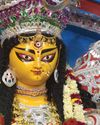
In the Universal Mother’s Divine Playground
Swami Vivekananda never taught the worship of Mother Kali. In a letter to Mary Hale he writes, “Kali worship is not a necessary step in any religion.
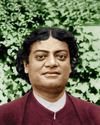
Swami Vivekananda: A Sportsman Par Excellence
In various books and articles, Swami Vivekananda has been called a spiritual leader, a prophet, a patriot, a social reformer, a philosopher, a yogi, a writer, an orator, an educationist, a musician, and so on.